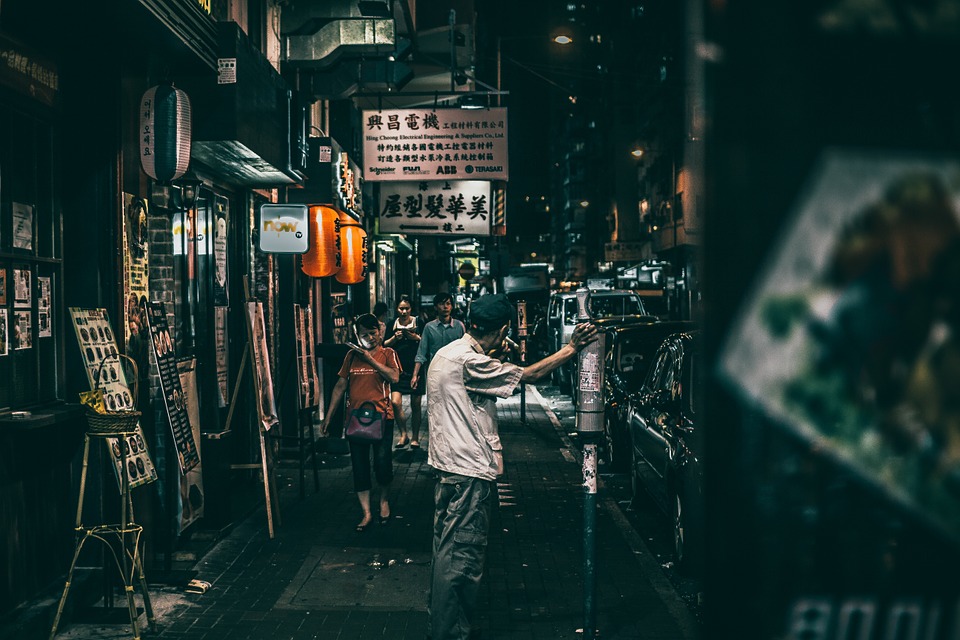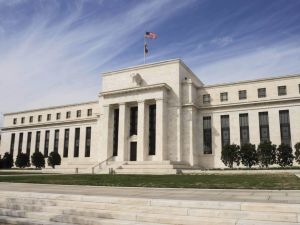Investors around the world will agree that 2016 hasn’t got off to the best start. The disappointment from 2015 seems to have continued into this year. It was difficult to avoid the bad news in the first week of the year; Saudi Arabia broke off diplomatic relations with Iran and North Korea claimed to have successfully tested a hydrogen bomb. Perhaps more dramatically is that the global equity markets have had the worst start to the year in more than two decades.
Since the first trading day in 2016 S&P 500 has dropped by 6% whilst Eurostoxx indices declined by almost 10%, the oil price continues to fall and if it follows this trend it is likely to drop below $30 a barrel. Many experienced investors are queuing up to warn of the dangers ahead.
China has been the particular focus of investor anxiety; since the beginning of the year it has fallen by 18%, making it the worst performer of the year. Trading in mainland Chinese stocks was halted on two occasions, when stocks fell by more than 7%. The Yuan continued to depreciate and the measure of Chinese manufacturing suffered its longest decline since 2009. Given current economic uncertainties in the US, a “Made in China” global turmoil is the last thing investors want to see.
Three factors contributing to a fall in equity.
The first few macroeconomic indicators suggest that growth in China is slowing. There is evidence of a contraction in China’s industrial activity. The official purchasing manager’s index (PMI) of manufacturing activity was 49.7 on 4 January 2016, the first business day of the year. Many sensitive investors have reacted to this.
After a volatile summer in 2015, China’s financial market regulator implemented a ban on key shareholders selling their shares. The aim of this was to help sustain the equity market level and gradually re-store confidence. Many investors anticipated that the removal of the ban would lead to significant decline in the equity market and started to move before the official expiration date. In an effort to stabalise the market the government delayed the end of the ban.
The Chinese government also introduced “circuit breakers” to China’s equity market at the start of 2016. The circuit breakers halt trading for 15 minutes after a 5% decline in the CSI 300 index (the main equity index for companies listed in China). The aim of this is to allow investors to stop, consider and adjust reactions accordingly, after 15 minutes trading will resume, until the index is off by 7% and the markets will be closed for the rest of the day. However, in China’s case these circuit breakers have prompted the opposite reaction; traders are securing orders to ensure they escape the market before it closes. After being active for just 4 days the circuit breaker shave already been triggered twice. By the end of the week, the Chinese financial market regulator suspended the circuit breaker and conceded that the design of circuit breakers needed more research.
Circuit Breakers: Fast and furious.
Is it possible that the contraction in Chinese equity is due to clumsy interventions by China’s financial regulators? The introduction of the circuit breakers changed the way the market operates. According to research from The Hong Kong Securities and Futures Commission circuit breakers are likely to “accelerate price movements towards the preannounced limits as market participants alter their strategies and trade in anticipation of a market halt”. This is known as the “magnet effect”.
This was exactly what happened. Based on the four days when China’s breakers were operating, the first magnetic pull seemed to kick in at around 4% down. Investors rushed to sell before they were locked out. After trading started again at 5% down, the magnetic draw to 7% was achieved shortly after, nobody wants to be left holding a losing stock before the market closes.
The gaps between the breaker levels are too narrow (5% and 7%), making it near impossible to avoid this magnet effect. For the equivalent mechanism in the US market, the SEC halts trading at the 7%, 13% and 20% thresholds for the S&P 500 index. US equity markets are much more mature compared to China’s, therefore it defies logic to have a 7% initial breaker level for the US and only 5% for China, as the 5% threshold is something that was crossed regularly before the circuit-breakers were even introduced.
However, it is not to suggest that the Chinese stock market would be performing well if circuit breakers were not introduced. Unlike many global markets such as US and Europe, China lacks a mature fund management industry and therefore equity trading is dominated by short-term retail investors that can be prone to panic. For many large blue chip companies, the majority of shares are held by the government that never trades. Market reaction is likely to be more extreme when compared to more mature markets. With the above reasoning in mind, one can certainly argue that the sell-off in Chinese equities are to a large extent overdone, and the two suspended trading days were indeed avoidable through a better designed volatility controlled mechanism.
Keep calm and carry on.
For now, the spill over effect of China’s equity market on the rest of the world is still rather limited, only few investors outside of China have direct exposure to the domestic stock market. Fundamentally not much has changed from late 2015, and last week’s events should not be considered as the start of a bear market. For now, the declines may have more to do with sentiment than substance.
Chinese market volatility is more of a by-product of its economic reforms. The Chinese economy is going through a very delicate transition which requires a lot of difficult adjustments. Therefore, these wild swings in the Chinese stock markets should be expected and investors have to get used to them.
Arguably, a bigger threat for global investors is the accelerating decline in the Chinese currency (RMB). On 7 January 2016, the RMB was fixed at the lowest level since 2011. In addition, China’s foreign currency reserves dropped by $108 billion in December 2015, the decline was much larger than expected, renewing concerns over a more rapid depreciation in the RMB. This would raise the prospect of a more disruptive series of competitive devaluations among other nations, especially in emerging markets, which would in turn trigger weaker equity returns globally.
With a new year, comes a new perspective, one that encourages to look at issues with a long-term view. Whilst the start of 2016 could be painful and discouraging to many investors, the long-term investor must have a strong belief that market fundamentals will prevail and growth come. Recognising this early on can help strengthen your investment strategy.





